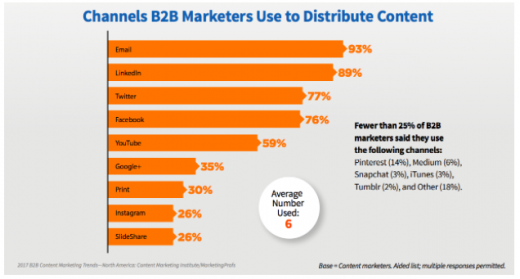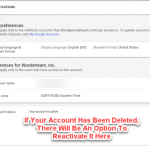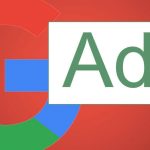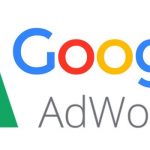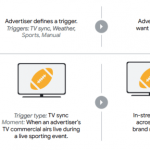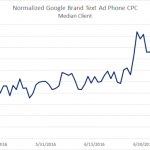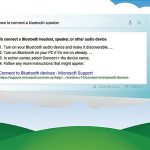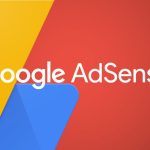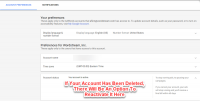Google Rolls Out AdSense Updates And Announces Stamp
— August 14, 2017

Photo-Mix / Pixabay
Looks like Google gives customer-centric marketing one big stamp of approval.
The tech giant has been busy at work building new ad formats that don’t really look like ads. And that’s what resonates with consumers these days.
A few weeks back, Google rolled out a big update to its AdSense platform, introducing native content ad formats that reflect the look-and-feel of a publisher’s website.
This week, the Wall Street Journal broke that Google is launching “Stamp,” Alphabet’s own version of Snapchat Discover.
With Stamp, brands will be able to create swipeable ads featuring text, photos, and videos. It’s rumored that Stamp ads will be shown beneath Google’s search bar.
Here’s everything you need to know about the updates:
The Human First Approach
Google’s buy-in on native ads signals a major turning point from the old era of display ads that flash, pop up, or hover on your screen until you close it out.
Consumers seek out authentic interactions and relevant content. More than half of all consumers (63%) are frustrated that brands continue to use impersonal methods, like displaying content that isn’t relevant to them, to engage them.
There’s a reason why mediums like influencer marketing and chatbots have taken off with such wild success. They provide customer-centric experiences.
“If you look at the ad market as a whole, we’ve spent 15 years existing on ad formats that are not built for purpose and they tend to take a step away from creativity and interaction a brand and human would have in an ideal world,” says Kevin Flood, chief executive of native advertising platform PowerLinks Media.
Google’s new native AdSense ads will be offered in three formats: in-feed, in-article, and matched content ads.
In-feed ads fit right into the list of products on a site.
In-article ads can be placed between paragraphs of a publisher’s page.
Matched Content is a content recommendation tool which serves up an advertiser’s content next to related content.
These ads take on the look-and-feel of the site, minimizing disruptions in browsing and purchase behavior.
Less is known about Stamp ads right now – where they’ll live or what they will look like – but it’s rumored that it will be built around Google’s Accelerated Mobile Pages (AMP), which are articles optimized for mobile.
Putting Their Stake In The Ground
Stamp’s highly visual, interactive format has already been seen in Snapchat Discover and Instagram Carousel Ads.
Outbrain and Taboola have been running native ads for years now.
When marketers were asked to share the top distribution channels they use, Google doesn’t make the top five. And even in the top nine, Google+ ranks slightly above Print, Instagram, and SlideShare. Google’s a little late to the game when it comes to content distribution.
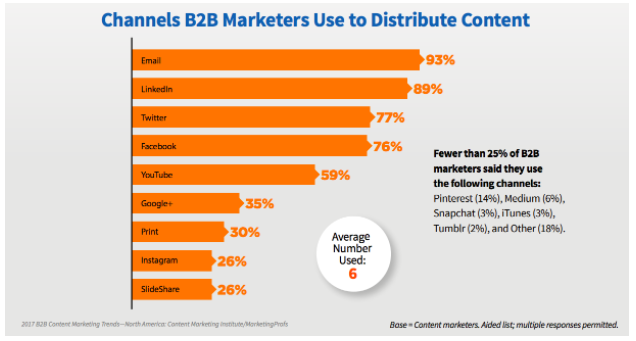
But with content being a $ 10 billion business, Google is keen to play catch up with products like native ads and Stamp.
And the tech giant already has an edge over its competitors with its targeting technology and the reach.
With Stamp, Google has the benefit of displaying the ads directly in search while other platforms, like Discover, can only display ads in-app.
The applications for Google ads are endless since the tech giant owns an internet browser (Chrome), mobile hardware and software (Android), email (Gmail), and more.
With organic social reach on the decline, Google offers brands a fresh new platform to engage audiences.
Gaining Control in a Shrinking Landscape
Consumers read the news on their smartwatches. They catch their favorite TV shows on their phones. And they browse the web on their computers while watching TV on their phones.
The web continues to grow, but the share of attention is ever shrinking for brands. With all that noise out there, it’s harder to get the right content in front of the right audience at the right time.
Google’s new ads are a reminder that content should always follow the consumer. The most effective content lives across multiple channels and is tested in multiple formats. Because quality content will always break through.
Digital & Social Articles on Business 2 Community
(46)

